Alummoottil® members were admirers of the art form of Bharatanatyam, Mohiniyattam, Kathakali, Ottam Thullal, and Chakyar Koothu. Bharatanatyam was among the favorites, particularly because Natyashastra (science of dance) had its basis in Hindu beliefs - and because Nataraja (king of dance) was a manifestation of shiva, who was the family deity.
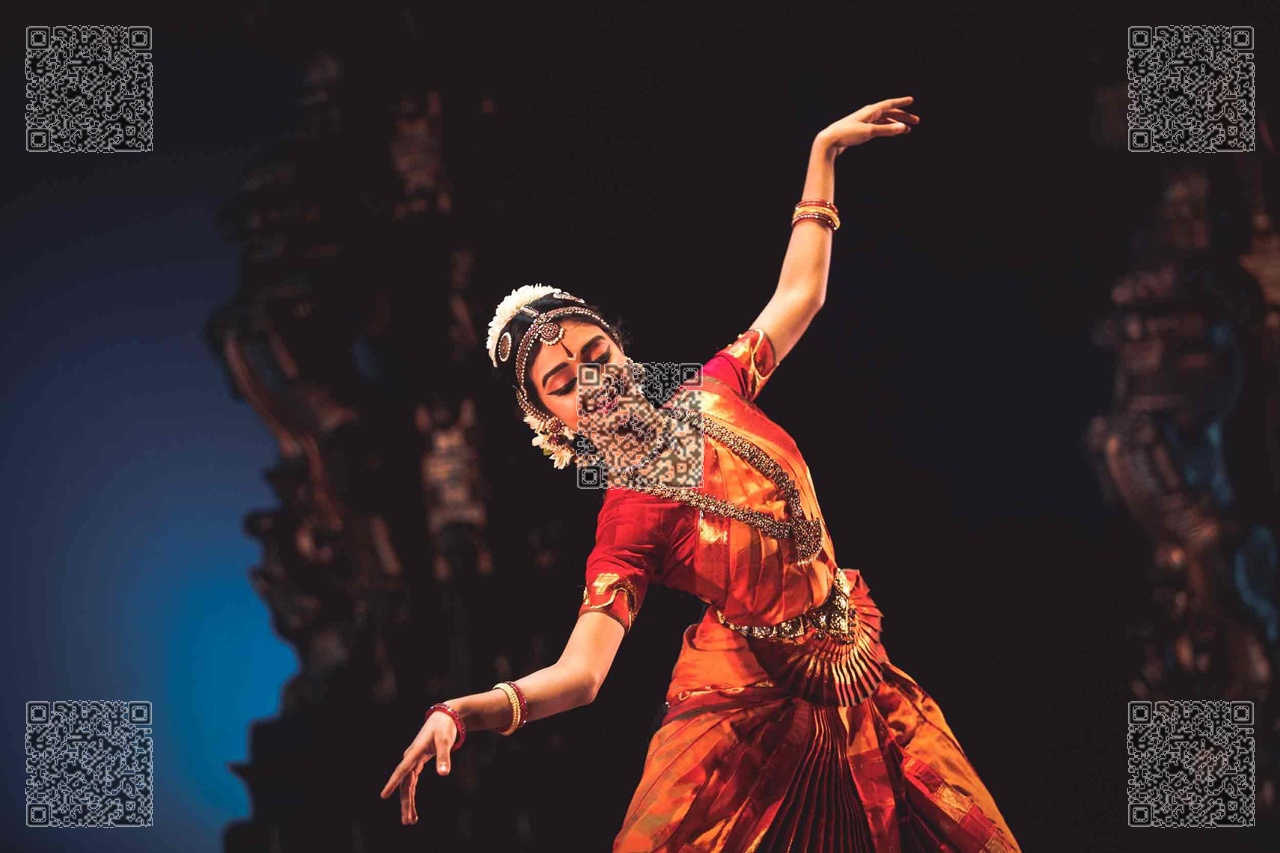
The family temple of Thekkedathu (the building in the south) is a temple dedicated to lord shiva, and has various forms of him among the deities; Nataraja being one of the most prominent. There would be a daily dance performance at the Pathinarukettu’s (A sixteen sided building with four courtyards) Poomukham (the entrance, literal translation is flower face).
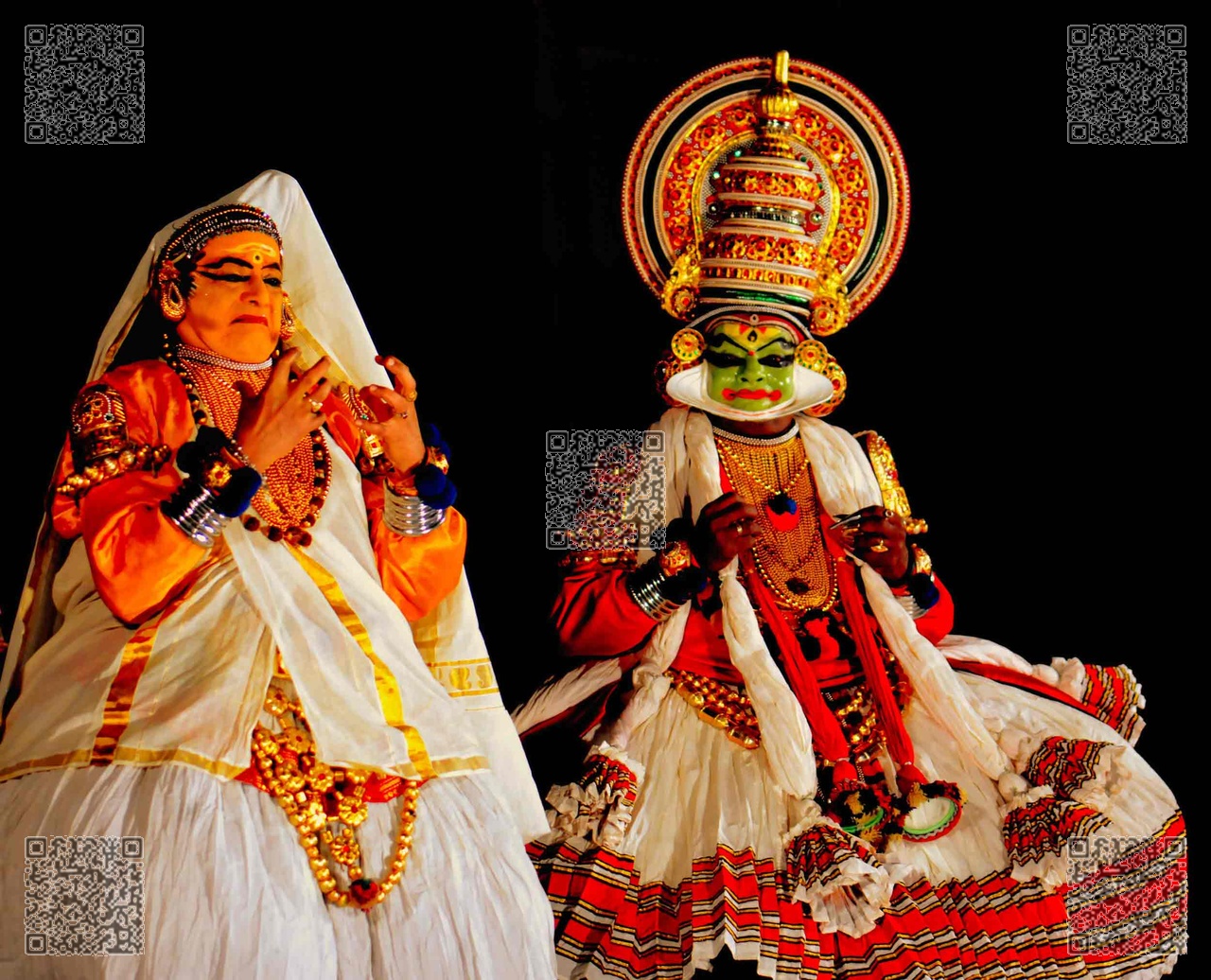
By the evening, the Karanavar (chieftain) of Alummoottil®, would come and occupy a Chaarukasera (reclining chair) at the adjoining verandah, prominently placed to view the performance in the Poomukham. Other male members of the family would come from the Meda; women and children would come from other areas of the Naalukettu and sit besides the Karanavar.
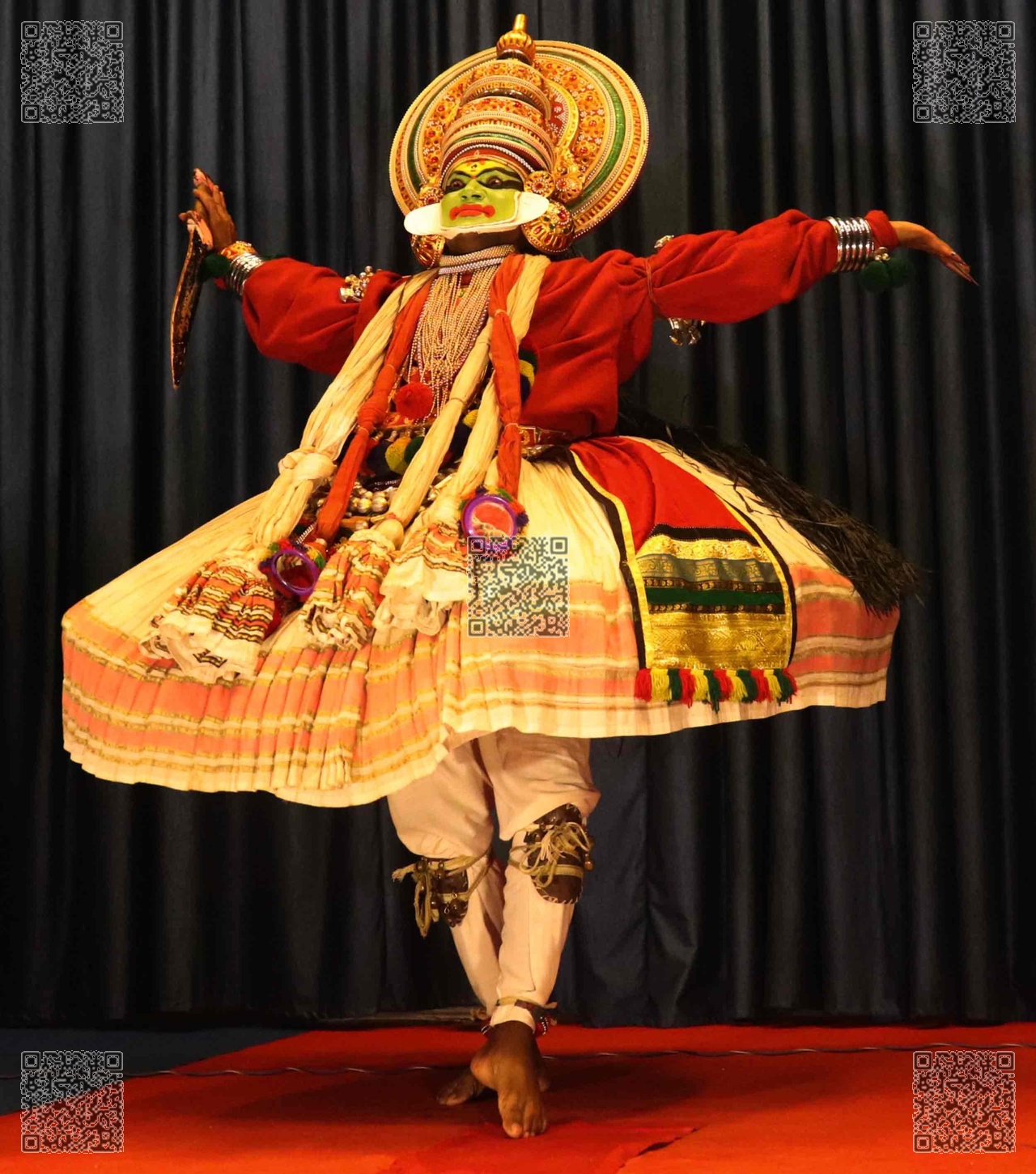
The artists would be brought in by the Kaaryastan (manager) or Ashan (cultural guru) of the Tharavad (family) to be introduced to the audience - and to formally seek permission to start the performance. The performers would then do a Pushpanjali (offering of flowers) to the gods and the audience. The Bharatanatyam performance would the commence.
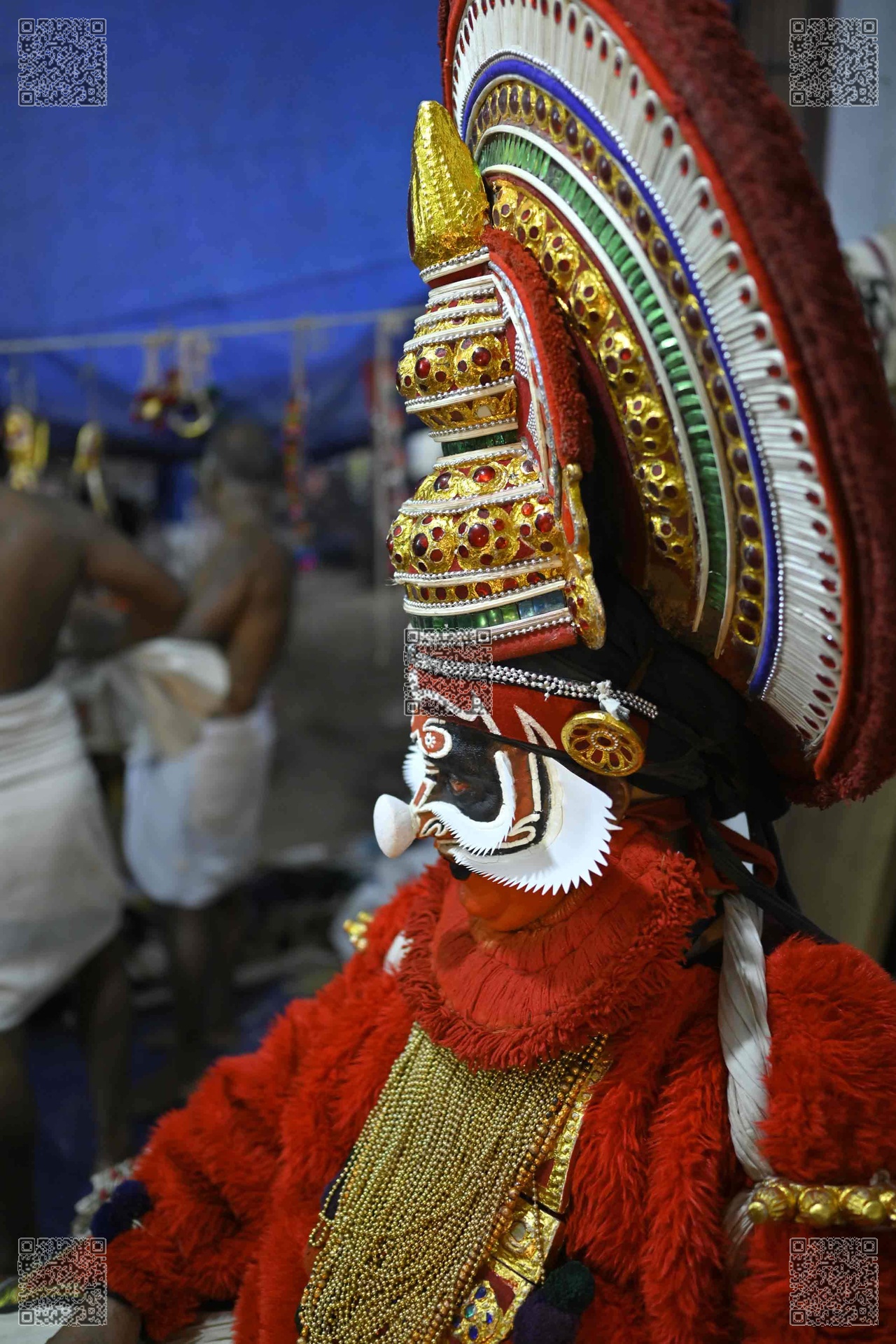
Most of the performances were based on would be based on Thandava (a dance in anger) of Nataraja, with other stories from Mahabharata and Ramayana (from a Shaivism – pro-Shiva – angle). Occasionally, there would be stories from Panchatantra and Jataka tales, to delight the younger audience.
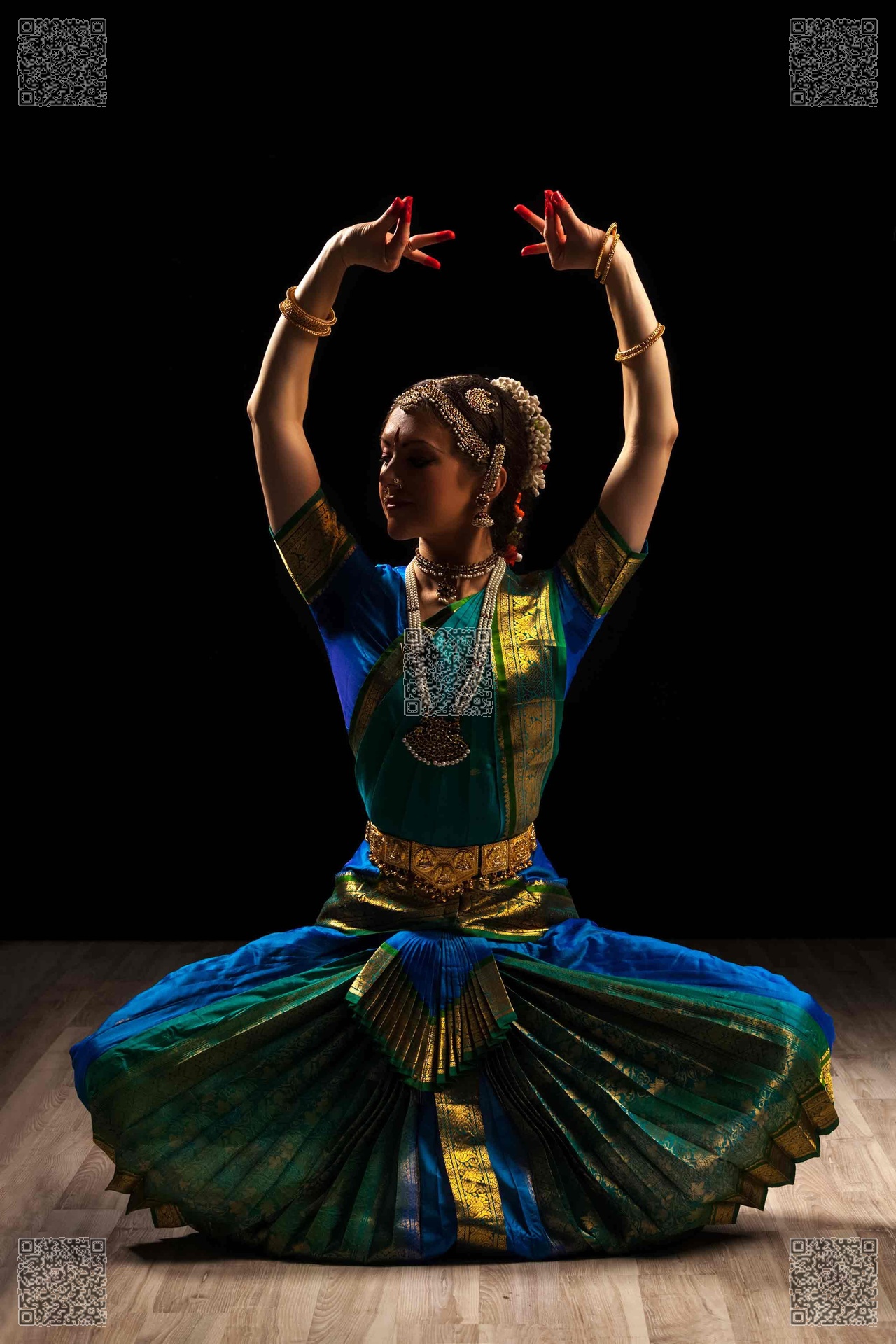
Once the performance finishes, there would be a felicitation ceremony where the Karanavar would give gold, precious stones, and Ponnada (silk with golden weave) to the artists. Occasionally, outstanding artists would be gifted with an ornament that the Karanavar would wear. Artists who were Nairs, Menons, Varmas, Varyars (wrongly spelled as warriers), Ambalavaasis, and Nambuthiris used to frequently perform at Alummoottil®.

Although Bharatantyam was the most common performance, there is absolutely no evidence that the Karanavar held a dancer as a captive (as portrayed in manichithrathazhu). This story is merely the fiction of Madhu Muttom, who is the script writer.



